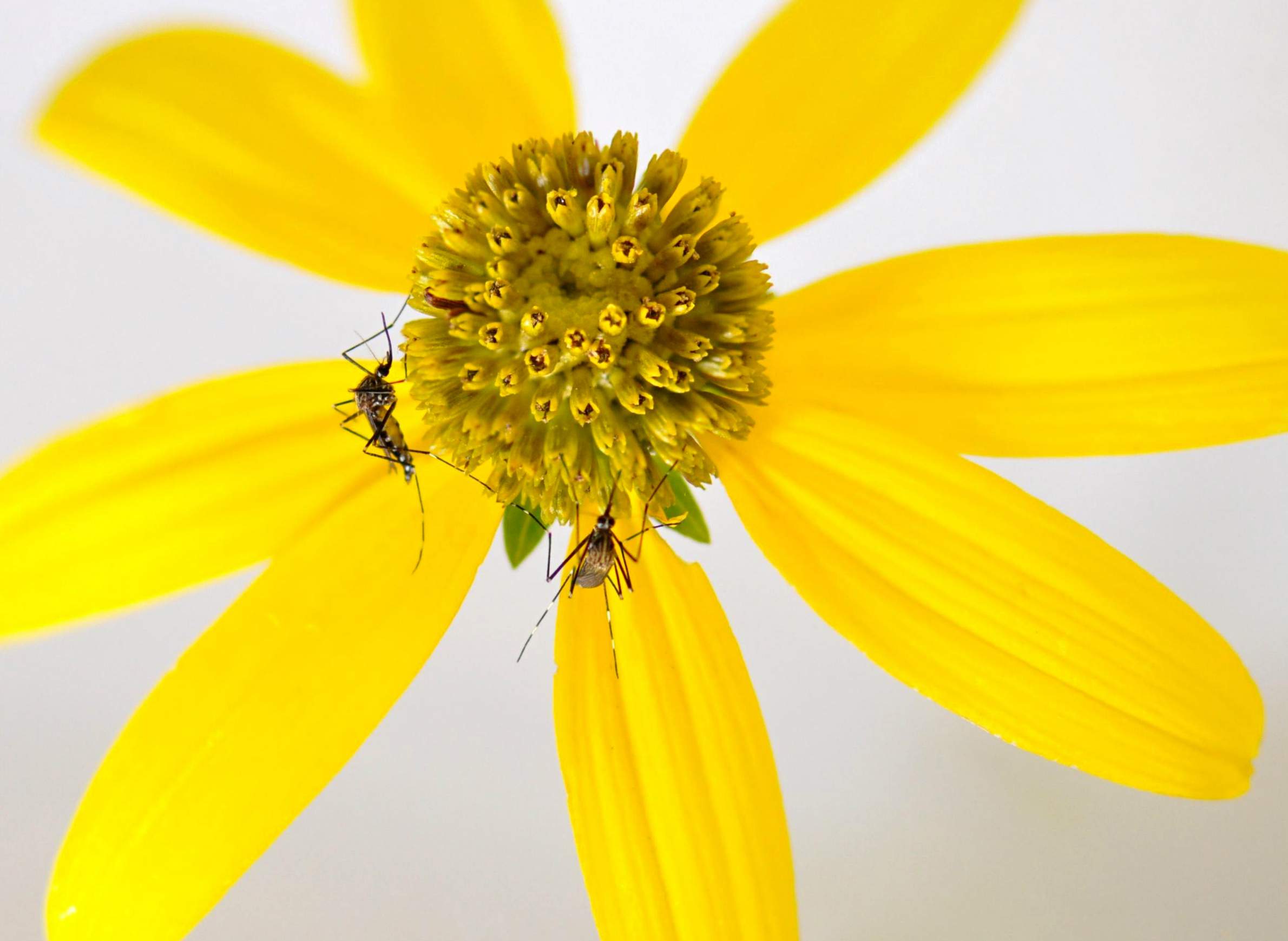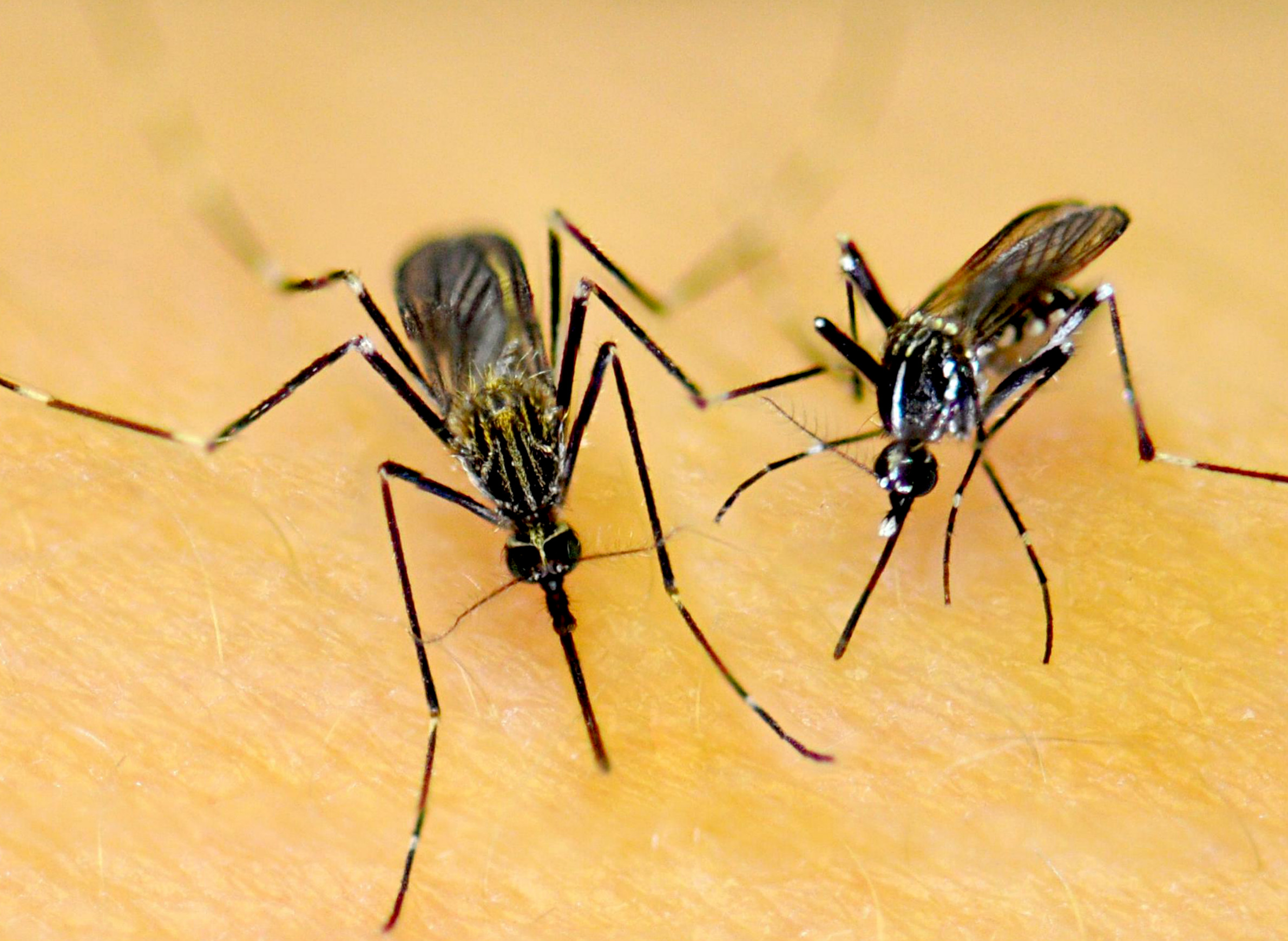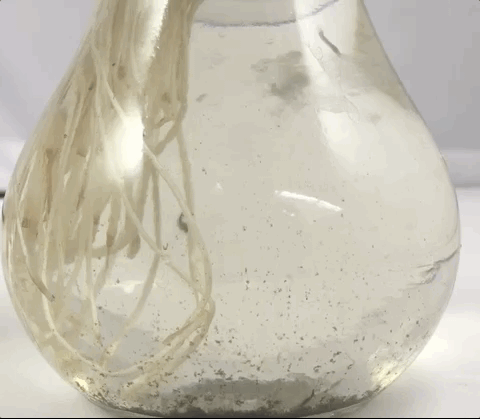
Globetrotting Mosquitoes May Stow Away In Unexpected Places

Since the earliest days of humankind, people have excelled at exploring and expanding their presence to nearly every spot on the map. With all of this wanderlust, humans have been equally adept at taking other species with them on their travels — often with unintended consequences.
In some situations, species have been deliberately moved by humans: livestock to the Western Hemisphere, the introduction of birds from Shakespeare's plays into Central Park and even the notorious gypsy moth that was transported from Europe in a failed attempt at launching an American silkmoth industry.
On top of that, there’s also an extraordinarily long list of species that have been accidentally moved, with significant impacts. Stowaway rats on the ships of European explorers and traders are one of the most notorious examples. Upon their introduction to new island environments, the rodents wreaked havoc on native birds and reptiles by devouring vulnerable eggs.
Insects have also been transported around the globe with devastating results. Some of North America's (and Wisconsin's) most important and emerging insect pests originate elsewhere on the planet: the Japanese beetle, emerald ash borer, brown marmorated stink bug and the spotted lanternfly.
One of the insects best adapted to follow humans wherever they go is the notorious mosquito (family Culicidae). Certain species of this pest possess traits that allow them to take advantage of conditions in areas disturbed by humans and thrive in those spots, and are considered peridomestic. With humans came environmental modification, construction and discarded trash of one kind or another. Mosquitoes whose reproduction might have originally relied on the water pooled in natural containers, such as rotted out tree stumps, can just as easily take advantage of water-filled containers, ditches and other artificial habitats.
Automotive tires have become a key habitat for certain mosquito species over the last century. Tires not only are perfect objects for holding water for extended periods, but they also provide the dark, sheltered habitat favored by some female mosquitoes looking to lay eggs. Tires are an important way for mosquitoes, like the Asian tiger mosquito (Aedes albopictus) to be moved into and around the United States (including the Midwest). Other species, like the Asian rock pool mosquito (Ochlerotatus japonicus), are also easily transported in human materials.
A spring 2018 finding at the University of Wisconsin-Madison Insect Diagnostic Lab illustrates the ease with which non-native mosquitoes can be moved around the United States. In the early parts of the year, some stores sell hyacinth bulbs in vases pre-filled with water as a way to force the bulbs to bloom into a flash of color. As discovered in southeastern Wisconsin following such a purchase at a local store, a vase ended up yielding half a dozen larvae of the non-native Asian rock pool mosquito. The exact origin of the mosquitoes isn't known at this time.
These mosquitoes won't be much of a concern in the grand scheme of things, as Ochlerotatus japonicus has been present in Wisconsin for over a decade and is already established in the state. However, such cases do leave open the possibility of other non-native mosquitoes being moved into parts of the country where these pests have not been encountered before. Where humans go, pests will boldly follow.
University of Wisconsin-Extension entomologist PJ Liesch is director of the University of Wisconsin-Madison Insect Diagnostic Lab. He blogs about Wisconsin insects and can be found @WiBugGuy on Twitter.





